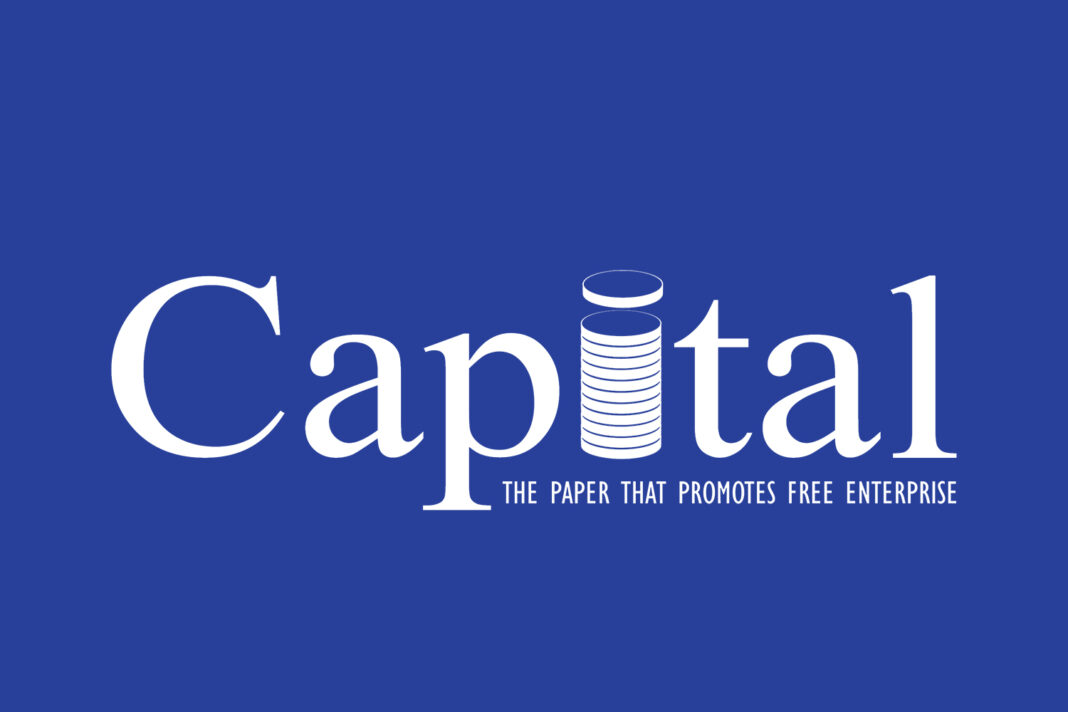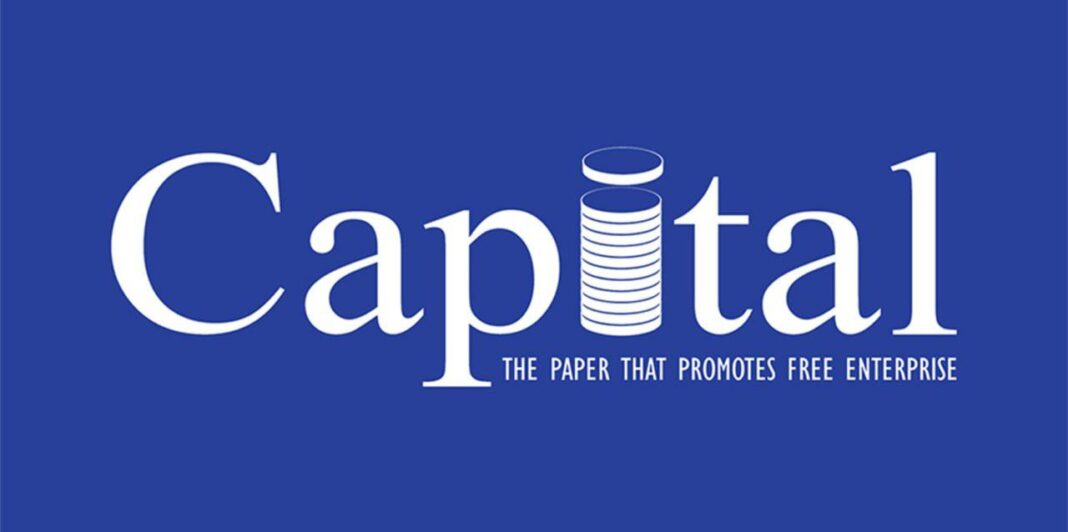The countdown’s on. July 12 marks the launch of Pump.fun’s native PUMP token, and the crypto pump community is split down the middle. Some see it as the next big thing in memecoin evolution. Others? They’re calling it a sophisticated trap designed to extract maximum value from retail traders who don’t know what’s coming.
Here’s what we know: 150 billion PUMP tokens are hitting major exchanges like Bybit, Kraken, and KuCoin. The total supply sits at 1 trillion tokens. U.S. and U.K. residents can’t touch it. Everyone else needs KYC verification.
That last part has people talking. Since when does the wild west of memecoins require identity verification?
The Numbers Don’t Lie
Pump.fun didn’t get where it is by accident. The platform cracked $100 million in revenue faster than any crypto app in history – just 217 days. That’s 34 days quicker than ENA, the previous record holder.
But here’s the kicker: research shows 95% of tokens launched on Pump.fun get rugged within 24 hours. That’s not a typo. Ninety-five percent.
The PUMP tokenomics tell their own story:
| Slice | Percentage | Goes To |
| ICO | 33% | Public sale buyers |
| Community/Ecosystem | 24% | Platform development |
| Team | 20% | Core developers |
| Early Investors | 13% | Private sale participants |
| Everything Else | 10% | Liquidity, features, foundation |
Those percentages add up to a lot of tokens in a lot of different hands. The team’s promising fee rebates, token buybacks, and social features that’ll supposedly compete with TikTok and Twitch. Big claims for a platform built on launching memecoins.
Speed Kills (Your Profits)
Sniper trades are the name of the game now. Milliseconds matter when tokens go live, and human reflexes don’t cut it anymore. Bots like Snorter are charging 0.85% fees and promising the fastest execution on Solana. They’ve raised $1.5 million and their SNORT token trades around $0.0979.
That’s real money chasing real speed advantages.
“The dangerous part is it’s a net negative for the industry at large in terms of perception,” says Azeem Khan from Morph. “We went from the ICO bubble of 2017, to the NFT bubble of 2021, to what’s now the memecoin bubble of 2024.”
The arms race is real. Retail traders show up with phones and laptops. Bots show up with fiber optic connections and algorithms that can process market data faster than humans can blink. Guess who wins?
For anyone jumping in, having a secure non custodial crypto wallet isn’t optional anymore. When everything moves this fast, you need control over your assets without relying on centralized platforms that might freeze up when volatility spikes.
Cultural Money or Digital Casino?
The philosophical battle lines are drawn. One camp sees memecoins as legitimate cultural expression. Caolán Breathnach from ETHDenver calls it “monetizing culture.” Ann Brody, who studies crypto culture, puts it this way: “These are stories and beliefs about our world that people use coins to signal and reaffirm their ideas about.”
The other camp isn’t buying it. Paul Dylan-Ennis from University of Dublin goes hard: “Bilking suckers out of their crypto is nothing new, but Pump.fun raises it to an art form. It’s all the worst elements of our industry condensed into one epilepsy-inducing website.”
Both sides have data. The culture crowd points to pump.fun‘s explosive growth and genuine communities forming around certain tokens. The critics point to that 95% failure rate and ask what kind of culture celebrates systematic wealth destruction.
The Solana Factor
Solana’s role here matters more than people realize. The blockchain’s speed and low costs make it perfect for memecoin trading, but they also enable the bot armies that dominate launches. When major pump pump events happen, the entire Solana memecoin ecosystem feels it.
Trading volumes on Pump.fun peaked over $2 million daily in July, then crashed to $400,000 by September. The PUMP token launch could reverse that trend, but it might also expose how thin the actual demand really is.
The concentration of memecoin activity on one chain creates weird dynamics. When attention shifts to new launches, existing tokens often get abandoned. It’s like musical chairs, but the music never really stops – it just gets quieter.
Geography and Compliance
The U.S. and U.K. exclusions aren’t random. Regulatory pressure is mounting, and Pump.fun knows it. The KYC requirements represent a major shift for a platform that thrived on pseudonymous trading.
This creates interesting arbitrage opportunities and artificial scarcity. When major markets get locked out, demand often concentrates in available jurisdictions. Whether that leads to higher prices or just more manipulation depends on execution.
Using a reliable usdt wallet becomes crucial here. Traders need to move through stablecoin positions during volatile periods, and cross-border restrictions make smooth conversions more important than ever.
Political Memecoins and News Cycles
PoliFi tokens around figures like MAGA and BODEN show how quickly memecoin creators capitalize on trending topics. Major news events, especially political ones, trigger waves of new launches.
But the track record is brutal. During the last presidential debate, nearly every candidate-themed token crashed. The hype cycle works both ways – what goes viral can go worthless just as fast.
Pump.fun even posted warnings before big political events: “If you’re a sensitive American, please avoid visiting pump fun over the coming 48 hours. There is a storm brewing.”
That’s not confidence-inspiring marketing.
The Real Question
Strip away the hype, the philosophy, and the technical arguments. The core question is simple: does PUMP represent genuine innovation or sophisticated value extraction?
The optimists see a platform evolving beyond simple token launches toward social features and community building. The tokenomics support ecosystem development, and the team’s track record shows they can execute.
The pessimists see a casino that’s finally issuing its own chips. When 95% of launches fail and bots dominate trading, adding a native token doesn’t solve fundamental problems – it monetizes them.
What’s Actually Happening Here
Pump.fun’s PUMP launch isn’t just another token sale. It’s a stress test for the entire memecoin model. Can a platform built on facilitating high-risk speculation successfully transition to legitimate infrastructure?
The geographic restrictions and KYC requirements suggest the team knows regulatory scrutiny is coming. The sophisticated tokenomics and utility promises indicate they’re trying to build something more durable than typical memecoins.
But the underlying dynamics haven’t changed. Speed still beats strategy. Bots still beat humans. And 95% of launches still end badly.
Whether PUMP breaks that pattern or becomes another data point in the failure statistics will determine more than just one token’s fate. It might decide whether the memecoin phenomenon evolves or implodes.







